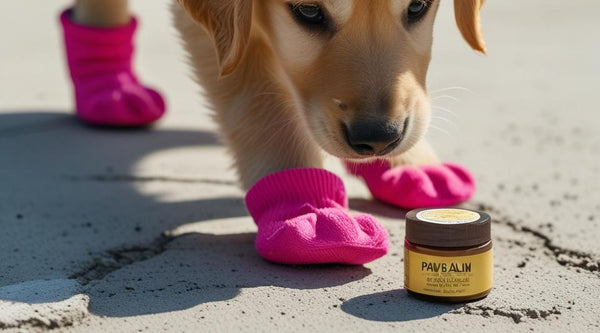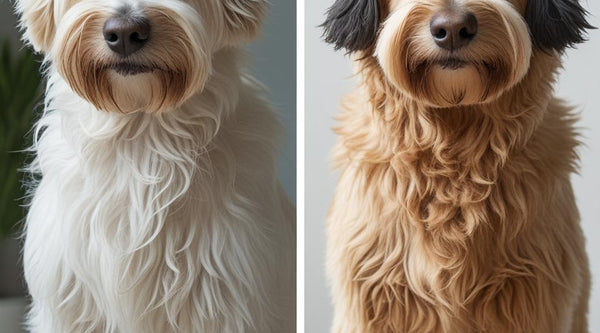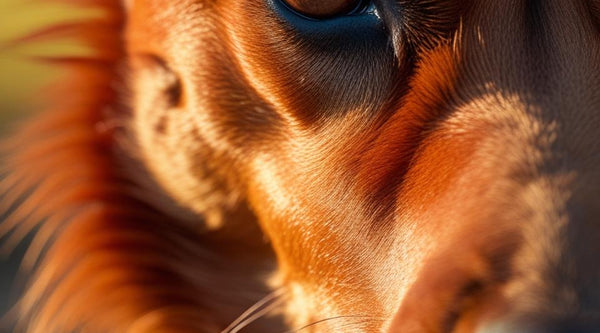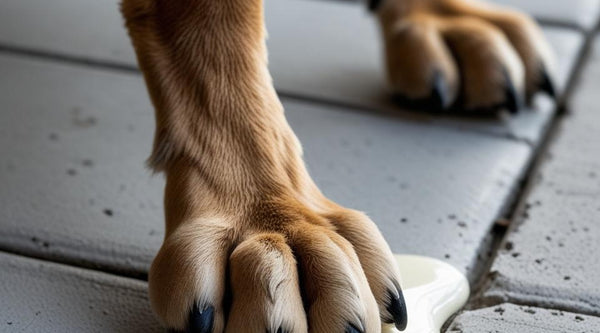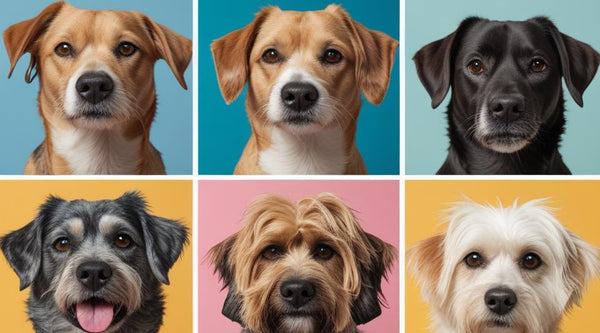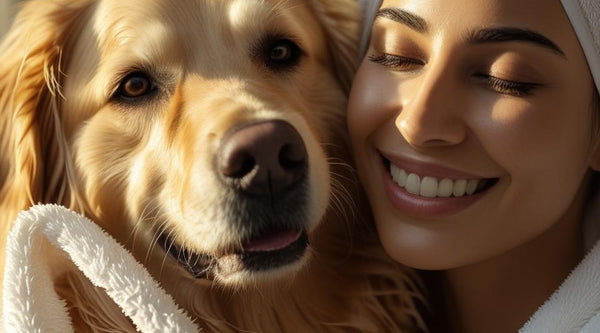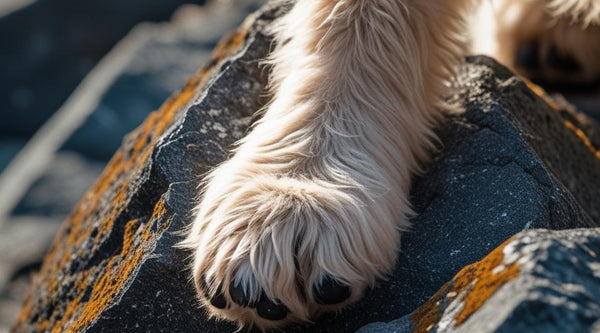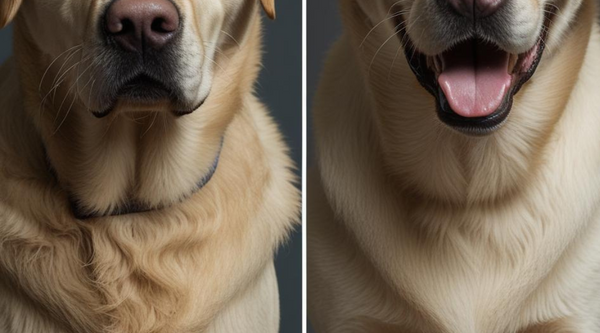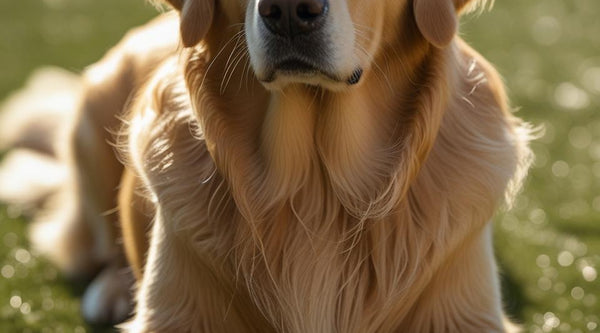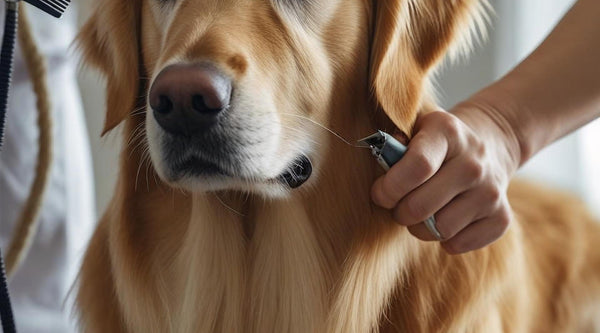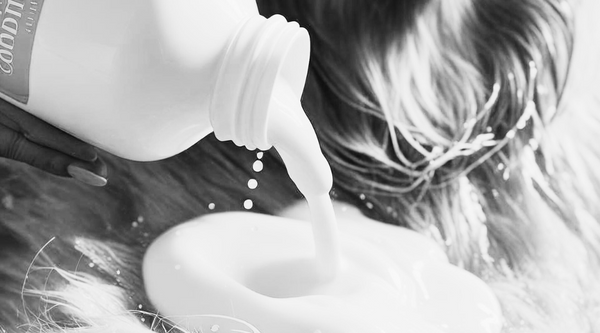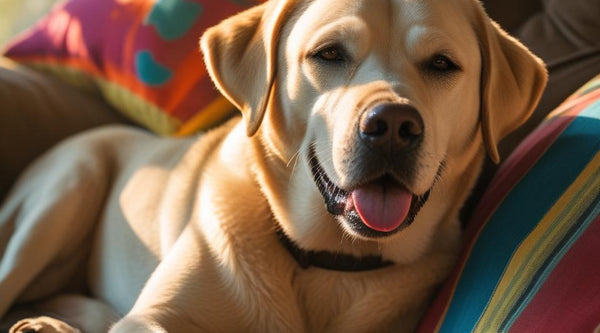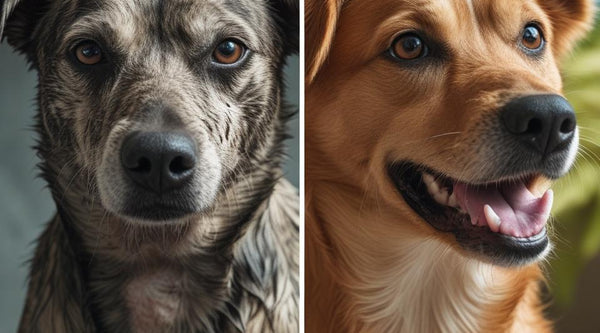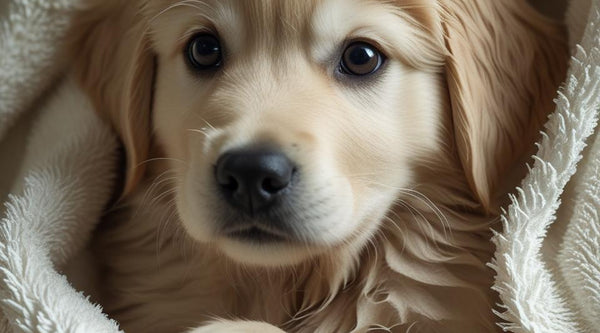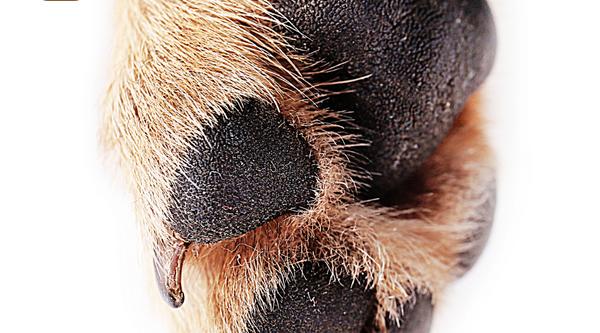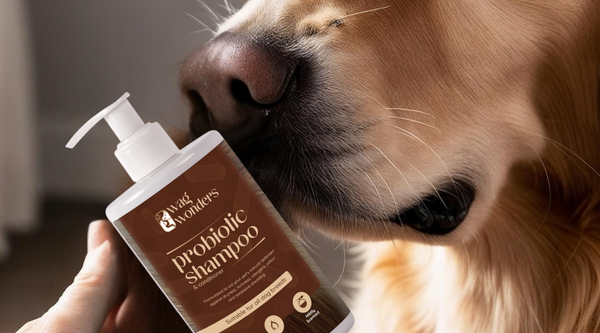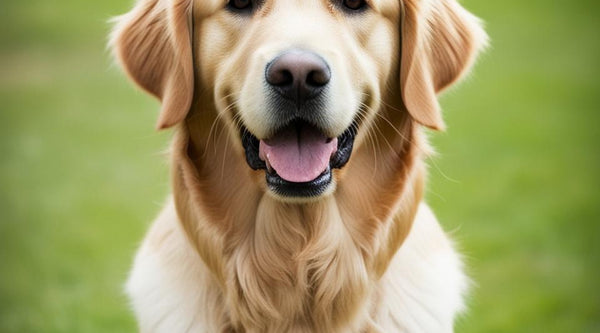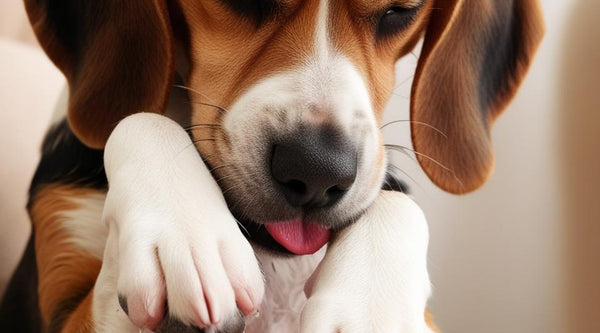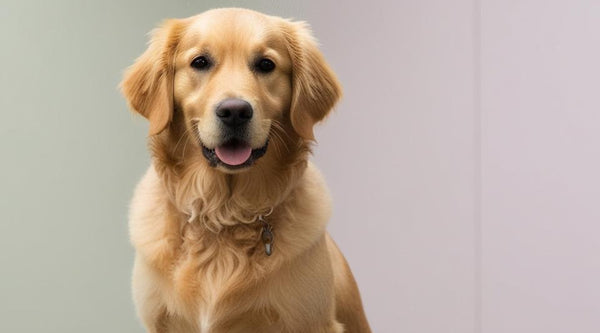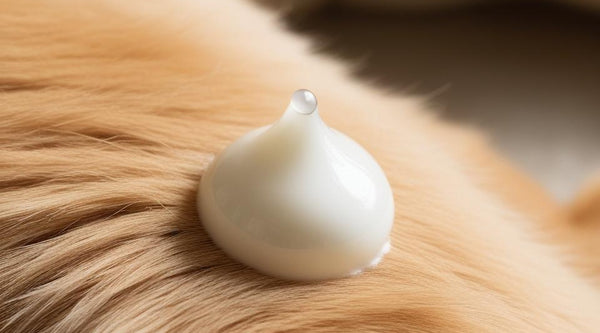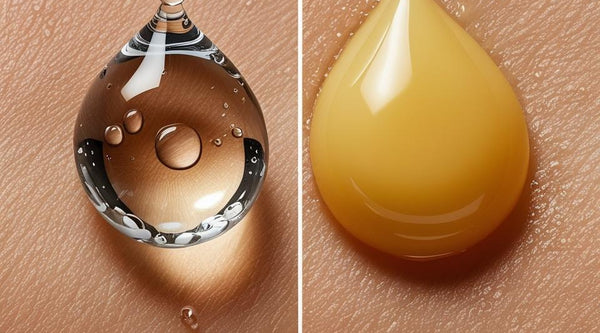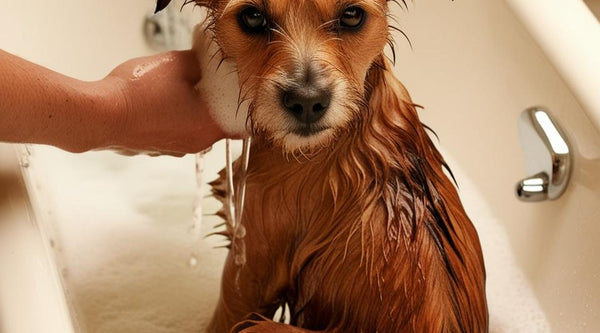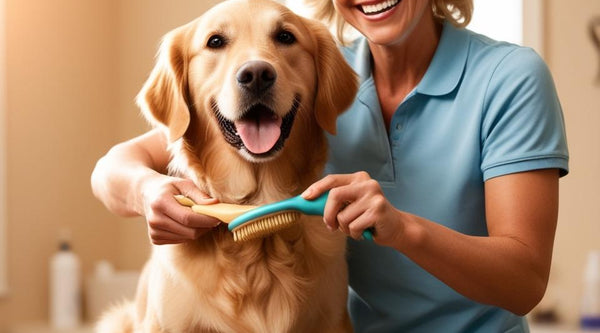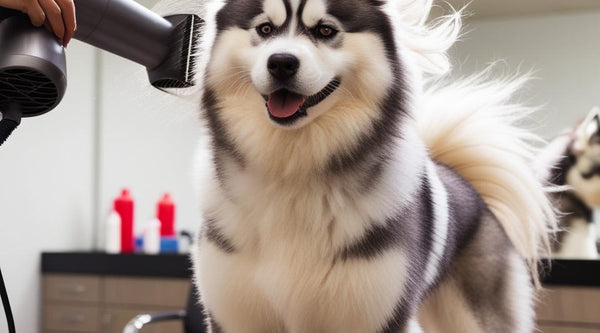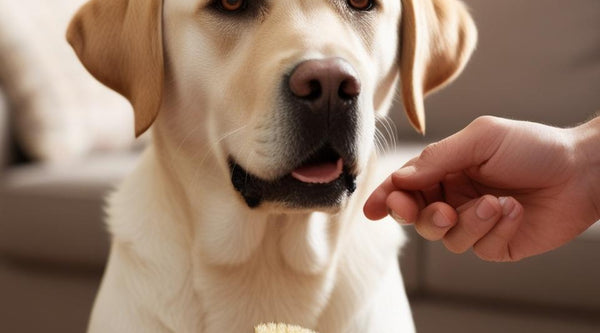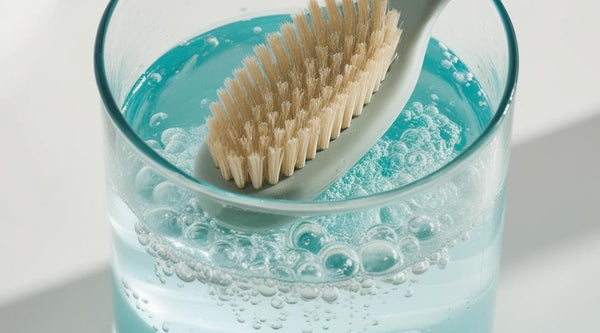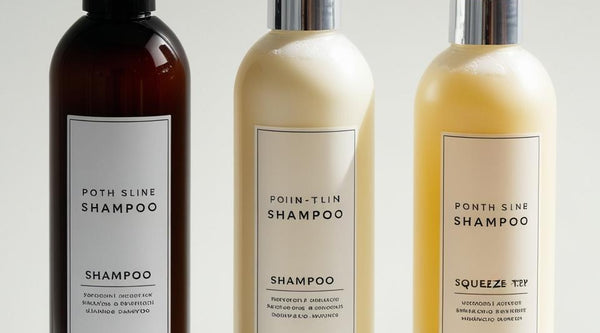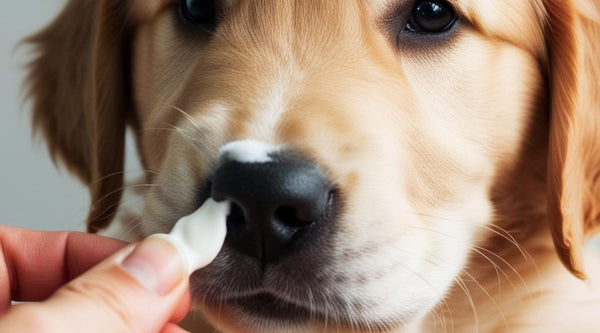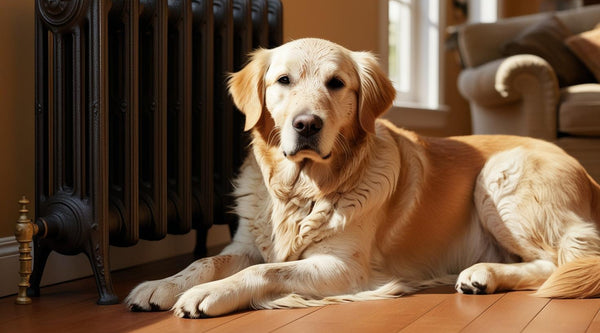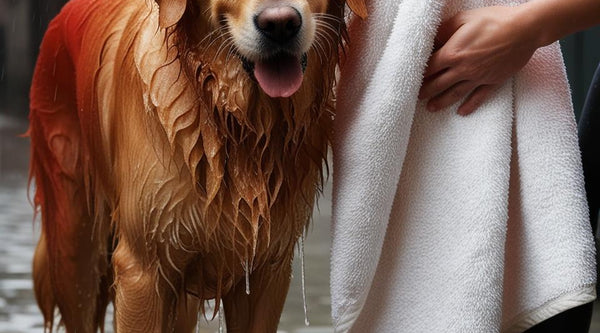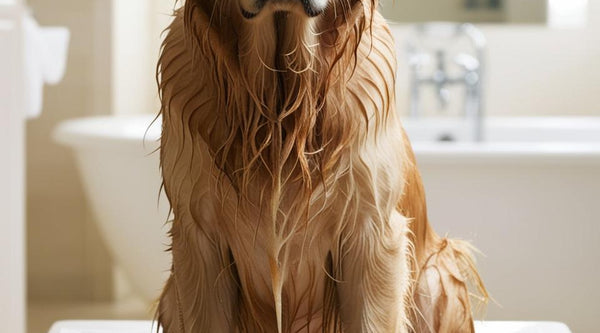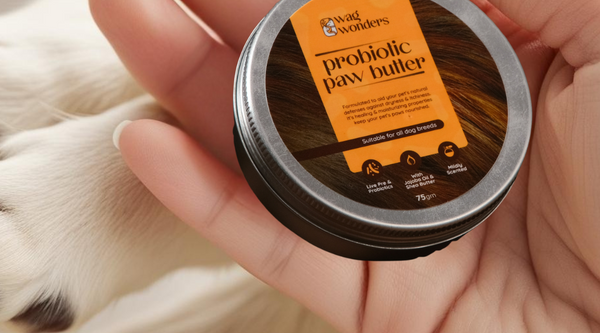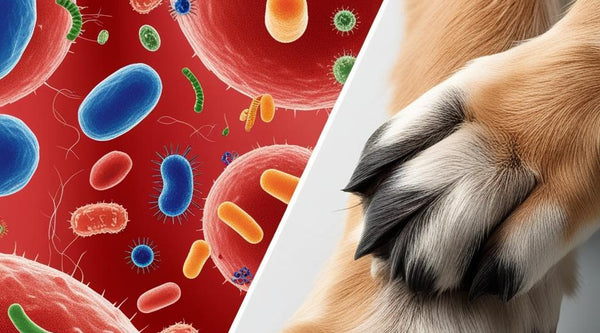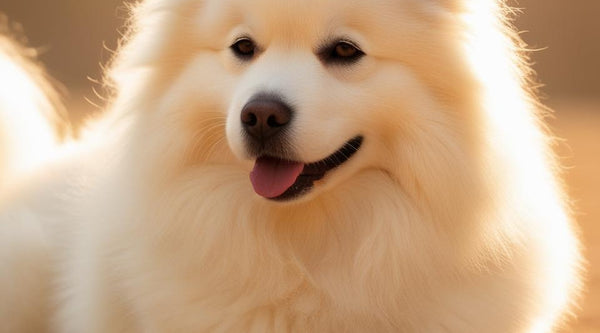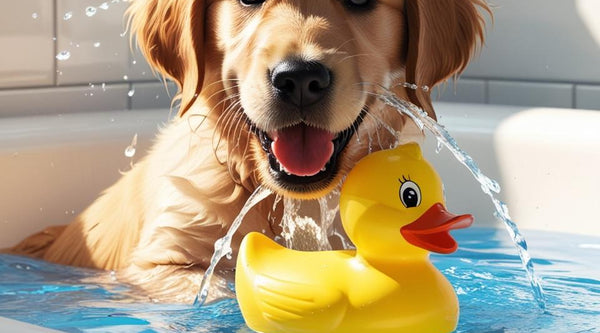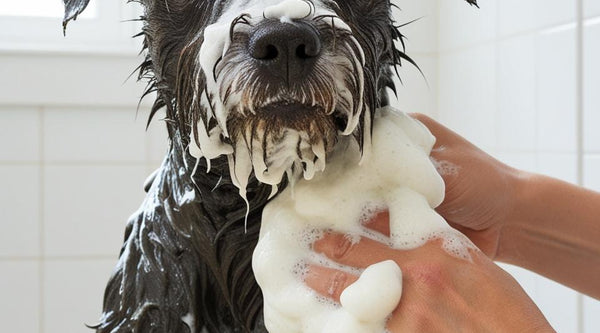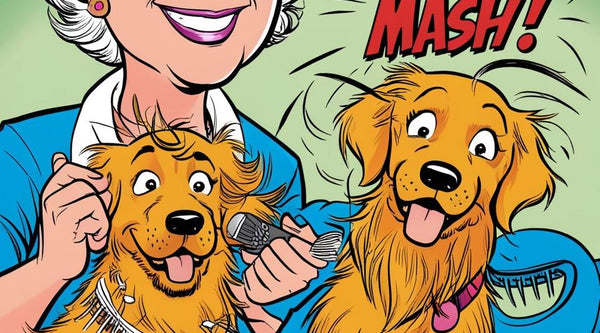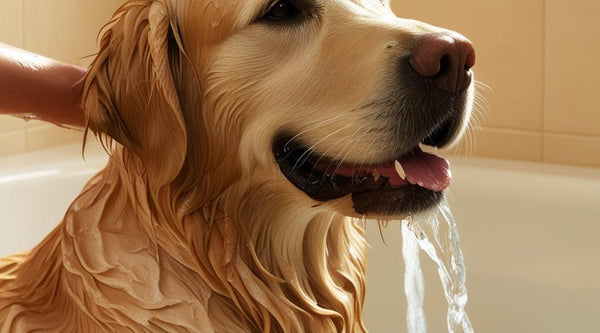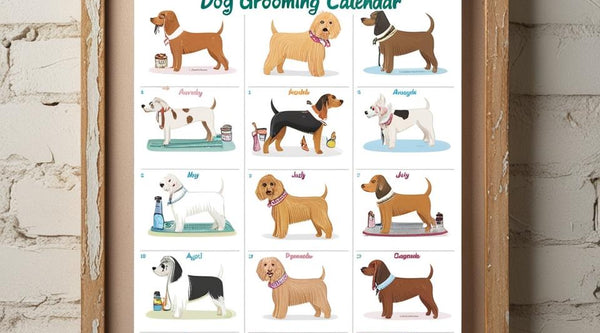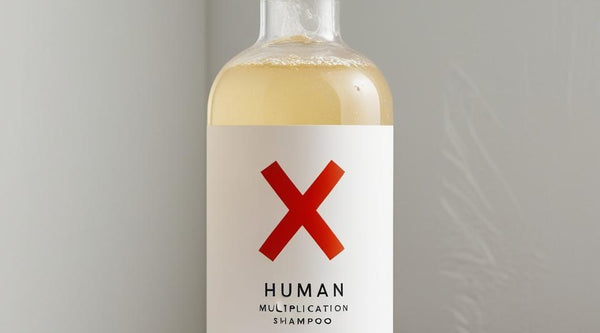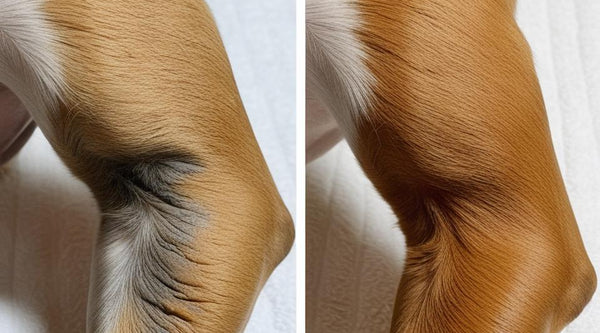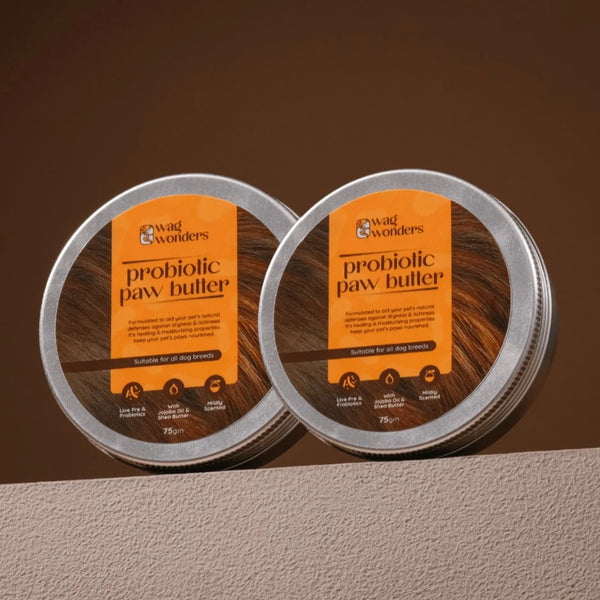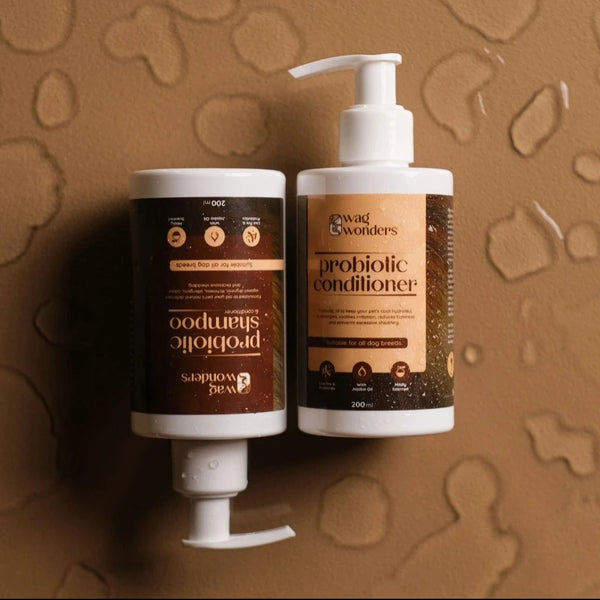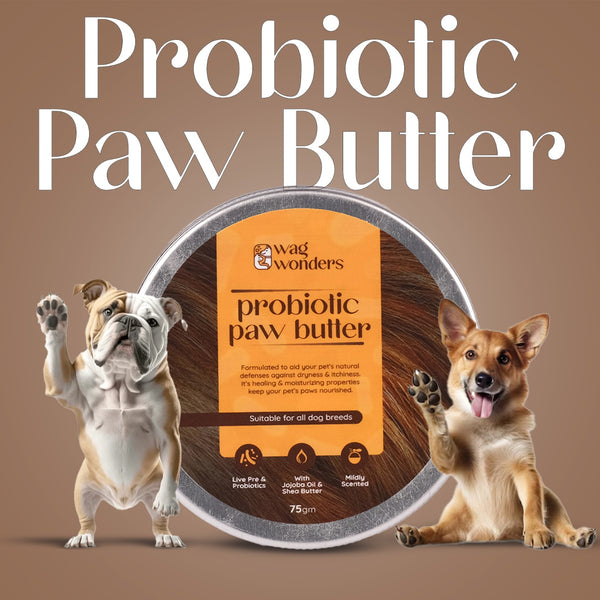🐶 Common Dog Skin Conditions and How Grooming Helps
Itchy. Flaky. Red. If your dog is constantly scratching, licking, or has irritated patches of skin, it’s time to dig deeper. Dog skin conditions are not only uncomfortable for your furry friend, but also challenging for pet parents to manage.
The good news? The right grooming routine—using microbiome-supportive products—can offer real relief.
Let’s break down the most common dog skin issues and how prebiotic and probiotic grooming products can help soothe and heal.
1. Dog Dermatitis (Atopic Dermatitis)
This is one of the most common inflammatory skin conditions in dogs. It can be triggered by allergens, irritants, or a disrupted skin microbiome.
Symptoms:
-
Red, inflamed patches
-
Persistent licking or chewing
-
Secondary infections from scratching
How Grooming Helps:
-
Use a probiotic dog shampoo to restore microbial balance on the skin, reducing inflammation
-
Regular bathing removes allergens from the coat
-
Paw butter helps calm inflamed paw pads, a common flare-up area
Consistent, gentle grooming minimizes triggers and supports skin repair.
2. Dry Skin
Dry, flaky skin can occur due to weather changes, poor diet, overbathing, or using harsh grooming products not meant for dogs.
Symptoms:
-
Flaky dandruff-like skin
-
Tight, itchy feeling (especially after baths)
-
Dull or brittle coat
How Grooming Helps:
-
Switch to a moisturizing dog conditioner with jojoba or coconut oil to hydrate deeply
-
Use prebiotic shampoo to avoid stripping natural oils and support skin flora
-
Apply paw butter to dry elbows, nose, or paws
A hydrated coat is a healthy coat—and a happy dog!
3. Itching and Hot Spots
Excessive scratching or biting often leads to hot spots—painful, infected skin patches.
Causes:
-
Flea allergies
-
Food sensitivities
-
Bacterial imbalance on the skin
Grooming Solutions:
-
Bathing with probiotic-enriched shampoo helps reduce bad bacteria and calm irritation
-
Avoid synthetic fragrances which can worsen itching—opt for natural, fragrance-free formulas
-
Condition after shampooing to soothe and protect the skin barrier
Regular, microbiome-friendly grooming is key to reducing itch flare-ups.
4. Yeast Infections & Fungal Skin Conditions
Often affecting paws, ears, and folds, yeast infections thrive in moist environments and imbalanced microbiomes.
Symptoms:
-
Musty odor
-
Greasy, scaly patches
-
Excessive licking or chewing
Grooming Helps When You:
-
Use antifungal dog shampoo with probiotic support
-
Clean paws thoroughly after walks, especially during humid months
-
Keep folds dry and clean with gentle, skin-supporting conditioners
Prebiotic grooming creates an environment where good bacteria thrive and yeast struggles to grow.
Why Microbiome-Friendly Grooming Works
Your dog’s skin is home to billions of microbes, just like ours. When this natural barrier is balanced, your pup’s skin:
-
Fights off pathogens naturally
-
Stays moisturized and resilient
-
Heals faster from irritation or damage
That’s why grooming with prebiotic and probiotic products isn’t just a trend—it’s science-backed care for long-term skin health.
✨ Final Thoughts: Treat the Skin, Not Just the Symptoms
Many skin conditions are signs of deeper imbalance. While medications may treat flare-ups, your everyday grooming routine can prevent them.
Using natural, microbiome-friendly grooming products like:
-
Prebiotic dog shampoo
-
Healing paw butter
…can soothe dermatitis, relieve dry skin, and reduce constant itching—without harsh chemicals or steroids.


